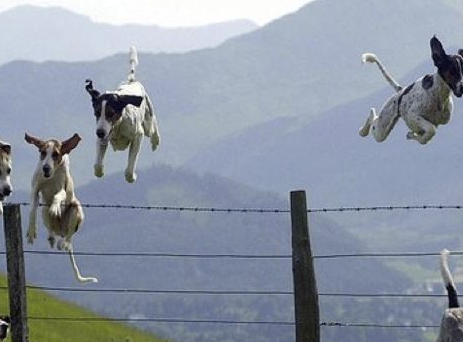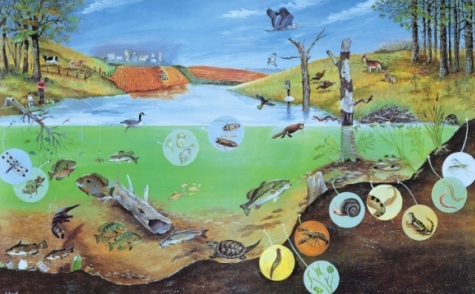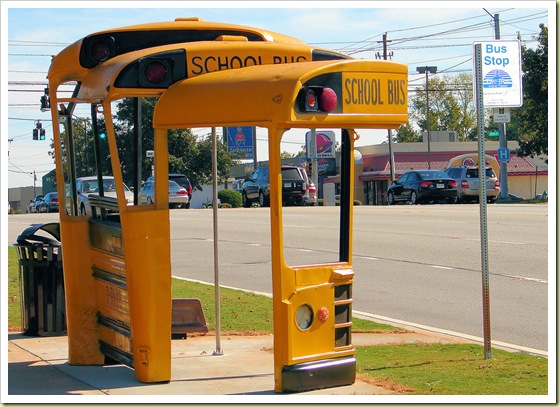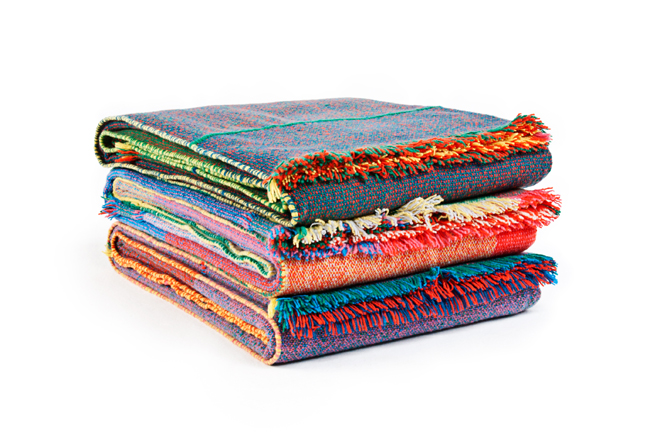
What image would you rather project: Charisma or authenticity?
Charisma comes from the Greek word kharisma, which means
“gift” or “divine favor.” According to Wikipedia, is often used to
describe the ability to charm or influence people. It also refers to a quality
in certain individuals who easily draw the attention and admiration of others
due to a “magnetic” quality of personality and/or appearance.
Big deal. This is 2013. Charisma will only take you so far. And in an
age of corporate scandal, lack of consumer trust and mass media brainwashing,
there is only one attribute that picks up where charisma left off and truly magnetizes customers and coworkers to you: Authenticity.The word comes from the Latinauthenticus,or “original, genuine.” It’s
defined as “worthy of trust, reliance, or belief,” and it is not the same thing
as charisma. An article from the Harvard Business Review explained
that while charismatic leaders have often been hired in times of corporate
distress, charisma is much more a social product than an individual trait.
Furthermore, Khurana explained, “Factors affecting corporate performance
are often beyond the powers of even the most charismatic leader.”
Furthermore, a related study from Cornel University, which surveyed 6,500 hotel
employees worldwide, proved that organizations with employees who rated their
managers as “authentic,” (not charismatic) were more profitable than hotels
whose managers had gaps between their words and actions.
This is not to say charisma is worthless. I do think it’s a valuable
characteristic that many successful businesspeople and leaders possess.
But it cannot stand alone.Lately I’ve been reading a lot of articles on charisma. And honestly, a lot of
them piss me off. First of all; articles written on the topic of charisma
usually reference famous political leaders who have innate and exceptional
rhetorical/interpersonal skills. As if when it came to charisma, you either had
it, or you didn’t have it. And if you didn’t, well, too bad! That’s why authenticity is more valuable. It doesn’t have such requirements.
You don’t need to possess the interpersonal charm or brilliance of Bill Clinton
to be authentic. You just need to be yourself. And anybody can do that
to become a more successful communicator and businessperson.
Secondly, many articles written on the topic of charisma are way out of date. One piece in particular caught my attention, the writer of
which I will not mention because, well, that’s just not cool. He said:
“There is a close association between personal charisma and success in
life.”
“Fake it until you make it!”
What a load of crap.
There are many other determinants of your success besides charisma. I’ve
personally read about (and met) thousands of successful people whom I never would have labeled as “charismatic.”
But you better believe every one of them was authentic.
So, don’t think that if you’re not charismatic, you’re not going to be
successful.
And as far as that “fake it until you make it,” cliché?
Give me a break. That’s about as far away from authentic as you can get. People
shouldn’t have to fake anything.
Do want to be perceived as “charismatic” or “authentic”? The following
exercise will help you decide. I looked up the words charisma and authenticity
in my thesaurus, mixed them up, then put them in this list. Go through each
item and circle the one trait you’d most prefer others to perceive you as
having.
1. “attractive” or “accurate”
2. “bona-fide” or “bewitching”
3. “desirable” or “dependable”
4. “faithful” or “fascinating”
5. “genuine” or “glamorous”
6. “lovely” or “legitimate”
7. “pure” or “provocative”
8. “tantalizing” or “trustworthy”
Can you tell the difference between authentic and charismatic?
I hope so. Because the people you work with certainly will.


 It’s not a nametag, it’s a magic trick.
It’s not a nametag, it’s a magic trick.






